Saul Bass: A Life in Film & Design
The first retrospective book on the 20th century’s film title master

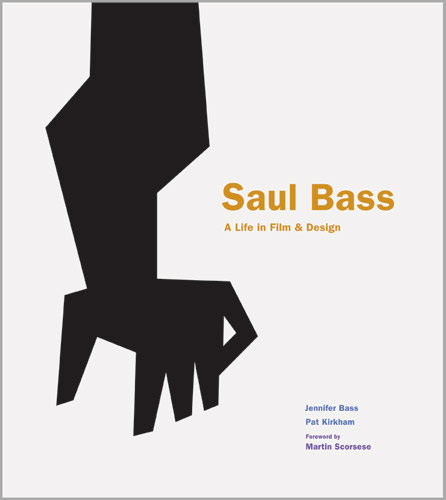
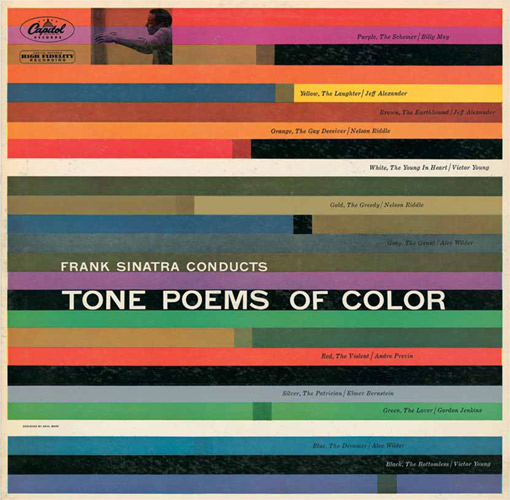
Saul Bass, best known for transforming the way movies begin, was in fact a designer of incredible versatility. As design historian Pat Kirkham shows in his forthcoming book on Bass (co-authored with Bass’ daughter Jennifer), the legendary “visual communicator” also applied his graphic wizardry to album and book covers, typefaces, packaging, retail displays, a hi-fi system, toys and a postage stamp. He also illustrated a children’s book, collaborated with architects, directed films and developed identities for companies including Quaker, United Airlines, Dixie, AT&T, Kleenex, the Girl Scouts and more.
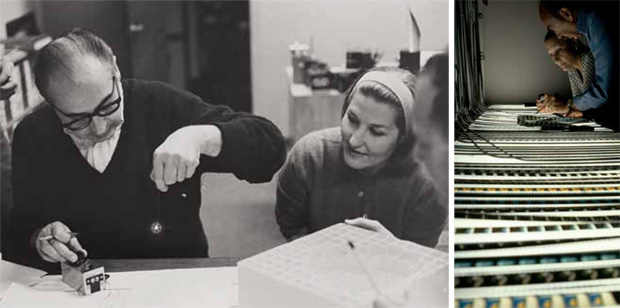
For much of his prolific career Bass worked side by side with his wife Elaine. Together, they came up with beautifully simplified concepts—many that still serve as benchmarks for intelligent design—and led the duo to work with and be revered by masters in their fields like Martin Scorsese, Milton Glaser, Massimo Vignelli, Otto Preminger and Alfred Hitchcock.
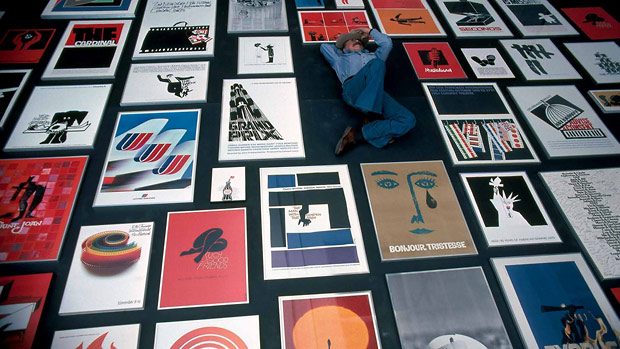
Defining himself simply as “a creative person in the deepest sense of the word,” Bass allowed his imagination to guide the way, toying with metaphors and abstract symbols until he reached a point where it would make sense to his audience, yet purposely leaving out one element for the viewer to fill in. “The ambiguous is intrinsically more interesting, more challenging, more involving, more mysterious and more potent,” he explains. “It forces reexamination, adds tension, gives it life.”
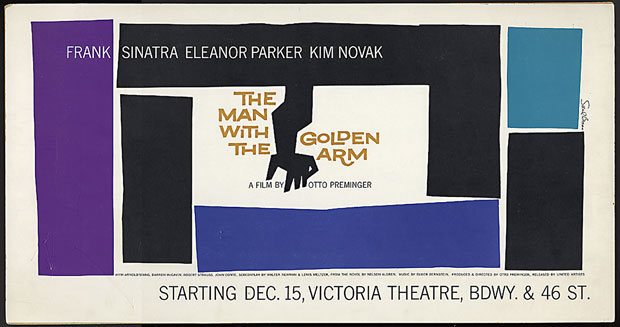
Perhaps Bass’ most significant contribution was his ability to make Modern Art relatable to everyone. While his style experimented with abstraction and other contemporary tropes, his artistic interpretations were still easily digestible, having emotional impact no matter the project or medium.
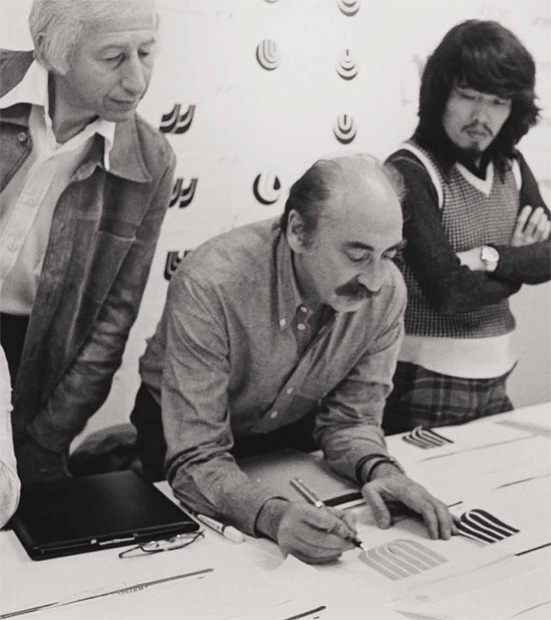
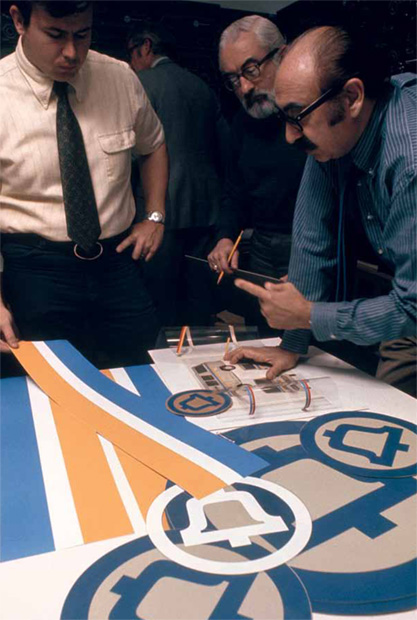
Despite being one of the most sought-after designers of the 20th century, he never denied how terrifying a blank page can be. His tenacity, trying idea after idea even when they weren’t working, was a significant part of his process. “A modest amount of imagination with a great ability to persevere can produce an important work,” Bass proposed. The approach also speaks to the advantages of working on a range of projects. “By simultaneously working on a variety of problems, I find that one creative problem helps me solve another.”
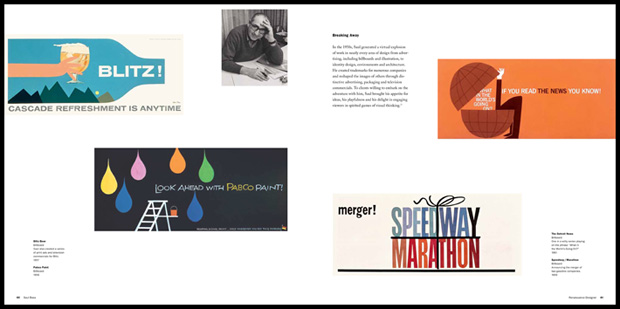
Packed with more than 1,400 illustrations—including many never-seen-before storyboards—the book sells from Laurence King and Amazon.












